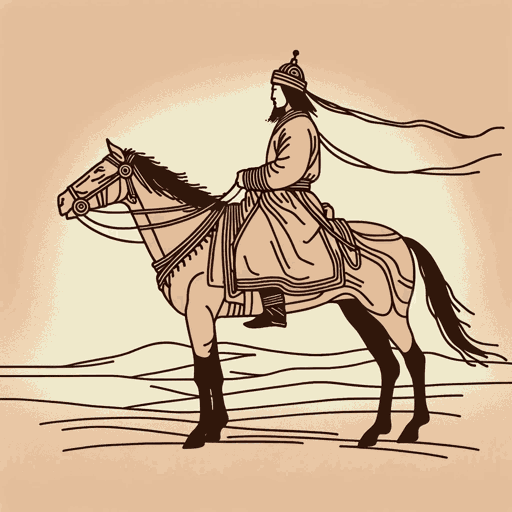40 pages • 1 hour read
Jack WeatherfordIndian Givers: How the Indians of the Americas Transformed the World
Nonfiction | Book | Adult | Published in 1988A modern alternative to SparkNotes and CliffsNotes, SuperSummary offers high-quality Study Guides with detailed chapter summaries and analysis of major themes, characters, and more.
Chapters 12-14Chapter Summaries & Analyses
Chapter 12 Summary: “Architecture and Urban Planning”
Chapter 12 centers on architecture and urban planning. Most Indian civilizations, Weatherford observes, are built on the Pacific Coast’s Ring of Fire, a chain of active volcanoes; “despite this precarious situation, nearly every major Indian civilization was built on or very near this mountain range” (220). Indian buildings on fault lines have survived for centuries—while many modern buildings topple and fail—because Indian architects built with shock accommodation and movement in mind. The flexibility built into the masonry allows the buildings to move with the quakes (221). While modern buildings may borrow from the aesthetics of Indian architecture, “none of them uses Indian principle of architecture or science” (222), and Indian technology in this area is largely forgotten.
Weatherford attributes this to the Europeans’ “fanatical obsession with the arch” (222). Vaults, domes, and arched windows were highly preferred in the Old World over the straight lines and pyramid shapes used by the Indians (222). While the Indians did occasionally use arches, they preferred it for their homes rather than for large public works. As smaller arched buildings made with flimsier materials, wigwams, sweat lodges, and igloos would either survive an earthquake or not create too much damage if they collapsed (223).
The Europeans did borrow some elements of Indian architecture.
Related Titles
By Jack Weatherford


